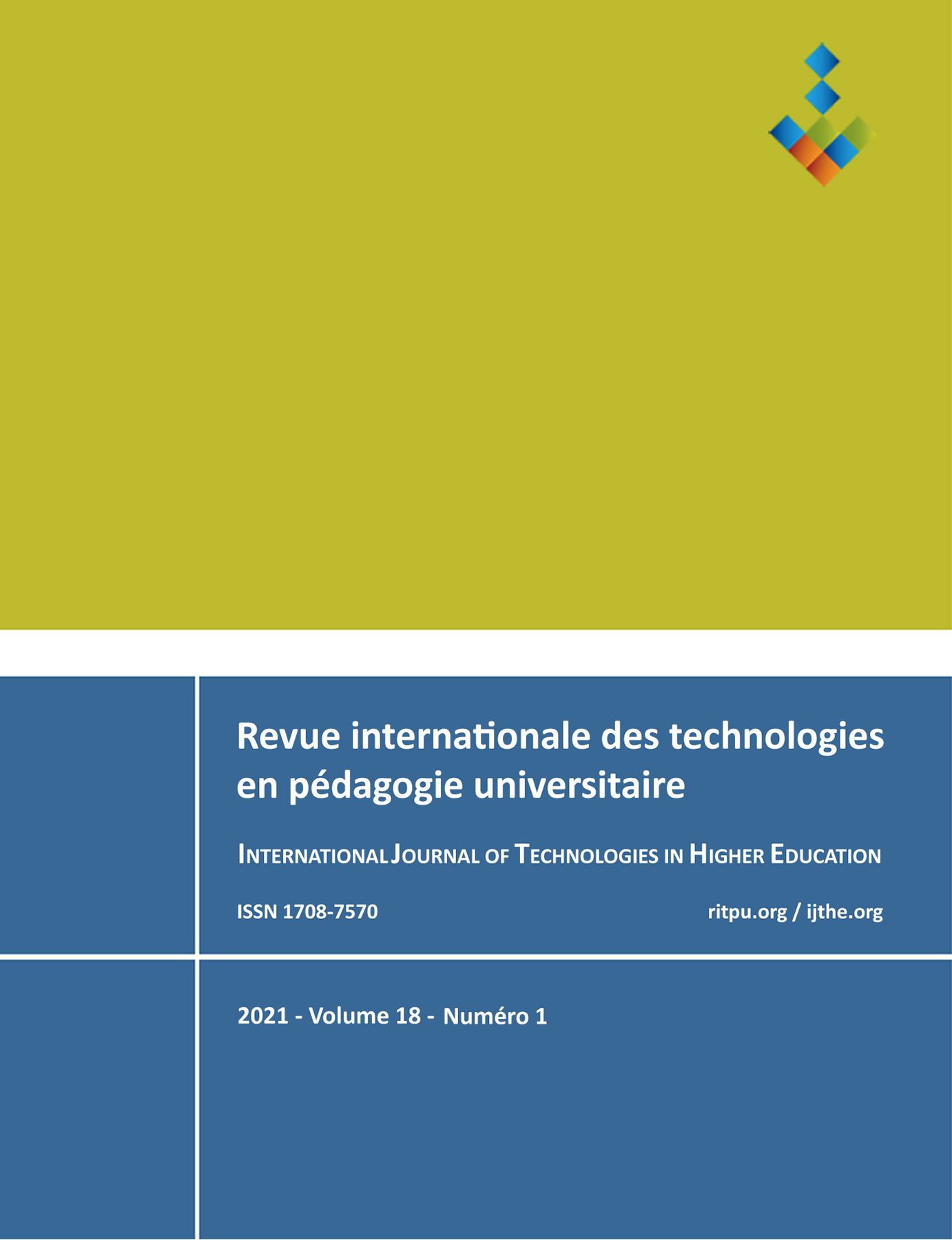Here is the final issue of our special series on university teaching, digital literacy and the pandemic. The first reported on the rapid and mostly compulsory transition to remote learning modes. The second promoted practical and research-based accounts on the tools available to students. This one focusses on the specific challenges university instructors, as well as their institutions, had to address in the face of an unprecedented health crisis. It features empirical studies as well as pedagogical reflections, with perspectives on the resulting changes collected from vastly different disciplines and geographical realities. A first group of 15 articles put the focus on teachers. (1) Godoi and team interview six Brazilian physical education teachers who, despite the many challenges imposed by the pandemic, demonstrated their agility by finding innovative technology solutions to convey their specialized objectives. (2) At the Université de Montréal, Canada, Michelot and colleagues evaluate assessment tools by gathering the reactions of teachers and educators who used different methods to monitor their distance courses. (3) Ndibnu-Messina Ethé and Kouankem reflect on student monitoring in distance courses and the prospects for relevant university policies for hybrid teaching in Cameroon. (4) Based on an analysis of course content and pandemic-related learning scenarios, Papadopoulou introduces an indicator grid that identifies how research professors re-engineered their distance courses. (5) More pedagogical reconceiving is showcased by Munoz and collaborators, thanks to the participation of a network of engineering schools that embraces collaborative work and peer learning. (6) In Côte d’Ivoire, Djede and Adon draw attention to the strengths and weaknesses of recent digital policies for higher education pursuant to the COVID‑19 crisis. (7) Similar challenges provide food for thought to Yerly and Issaieva, who investigate assessment practices in a time of quarantine and confinement. (8) Caron considers the characteristics and specificities of remote teaching, and more particularly, the development of tools and systems to ease the forced transition to remote learning. (9) St-Jean and Dupuis-Brouillette examine the impact of active learning strategies designed to keep students engaged in remote learning. (10) In Morocco, Bouhafs offers a critical review of the changes in student and teacher roles when remote courses are delivered via a Moodle platform. (11) The survey results by Terrien and Güsewell reveal both the difficulties and advantages of teaching music at a distance, keeping in mind the need to preserve some measure of continuity despite the immense challenges of the pandemic. (12) Lemieux presents a broader reflection on the digital divides that have only widened since the pandemic, the unfortunate consequences of these disparities, and the necessary conditions to remedy them. (13) Using a teacher survey, Martin and collaborators identify digital use profiles and determine the impact of teachers’ digital uses pre-confinement. (14) In the medical field, Defaveux and a large group of educators and practitioners in Belgium recount how their department adjusted rapidly to remote work exigencies while maintaining consistency across methods and tools. (15) Miras and Burrows provide compelling evidence for a link between the urgent need for language learning tools during the COVID crisis and the outlook for digital practices in the longer term. The last nine articles either re-examine previously covered issues, this time from an institutional perspective, or delve into new ones, like clinical teaching. (16) In a research conducted in the small southern African Kingdom of Eswatini, Ferreira-Meyers and Dlamini-Zwane look at the practices set up—in a hurry and with limited means—by staff and students of two universities to deal with the health crisis. (17) Dubruc goes on to describe a French engineering school’s experience, which brought him to draw broader lessons to assist educators with …
The Impact of COVID‑19 on Higher Education and Educational Technology – Part 3. Remote Teaching During the Pandemic: Reflections on the Challenges and Successes of Urgent Adjustments by University Teachers[Notice]
…plus d’informations
Bruno Poellhuber
Université de Montréal, Canada
bruno.poellhuber@umontreal.caThierry Karsenti
Université de Montréal, Canada
thierry.karsenti@umontreal.caNormand Roy
Université de Montréal, Canada
normand.roy@umontreal.caSimon Parent
Université de Montréal, Canada
simon.parent.2@umontreal.ca


